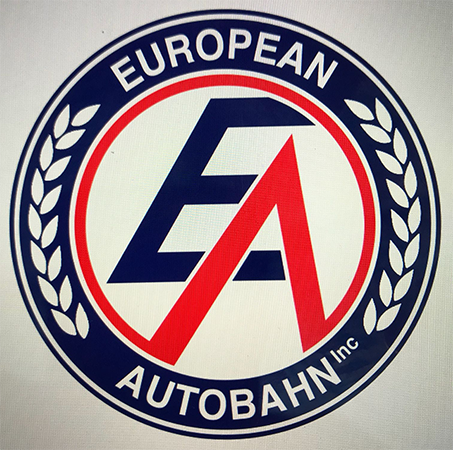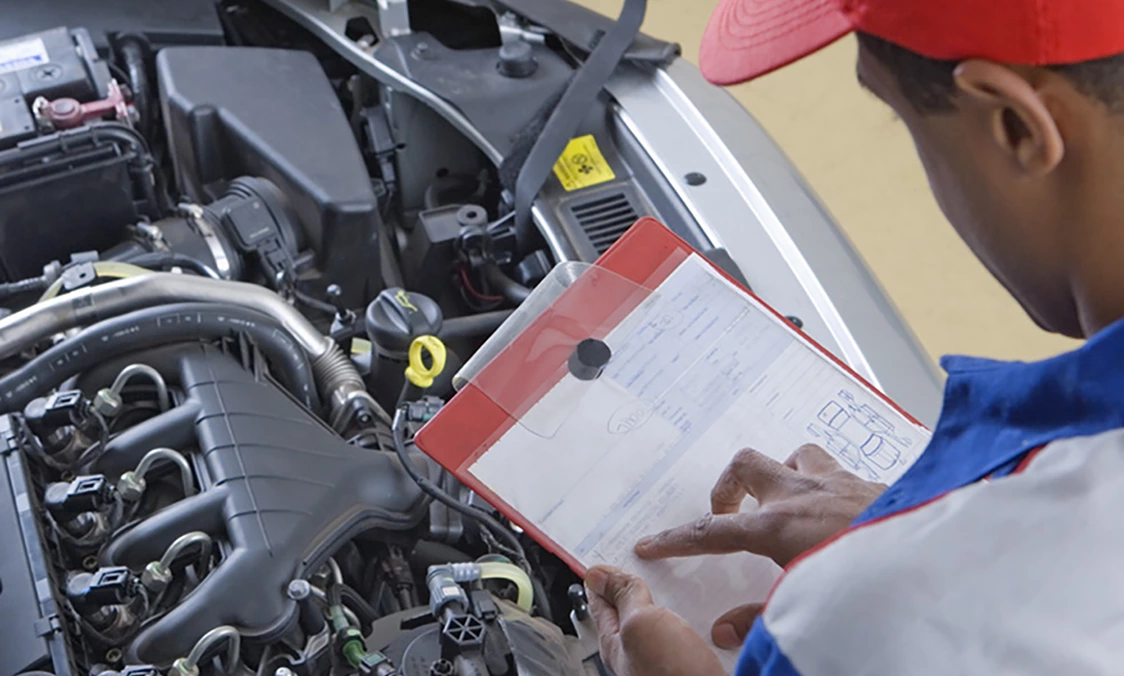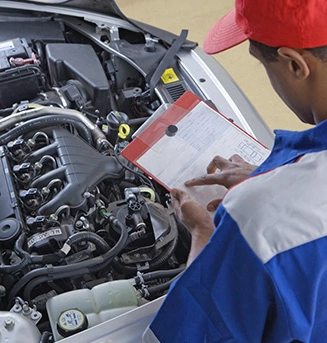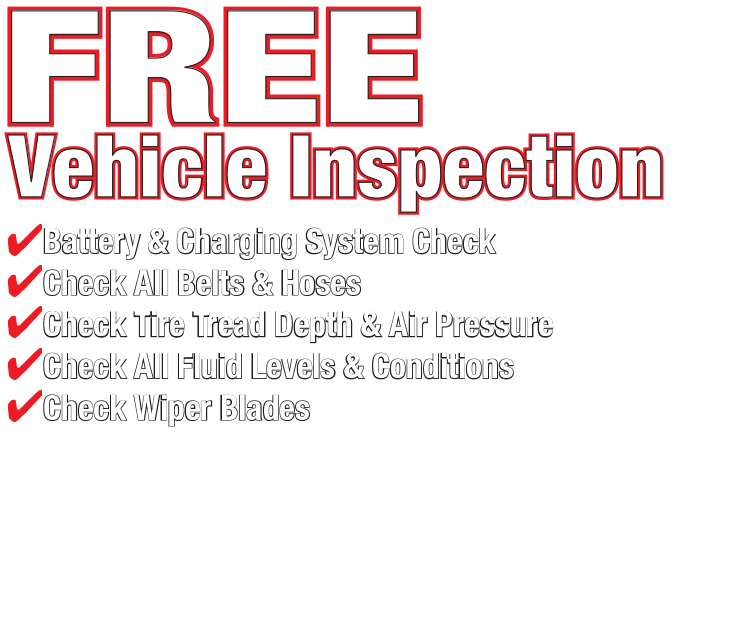Tire Maintenance Tips
ROTATE
Regular tire rotations extend the life of your tires , improve performance, and extend the life of steering and suspension components. The process for rotating tires is to remove each tire and reinstall at a different position on the vehicle. The primary benefit of tire rotations is to ensure that all for tires wear evenly. Tires can be rotated using a variety of patterns.
· Front Wheel Drive: Tires in front are moved to the rear and tires in the rear are crossed and moved to the front.
· Rear Wheel Drive: Tires in the front are crossed and moved to the rear and tires in the rear are moved to the front.
· 4-Wheel Drive: Tires in the front are crossed and moved to the rear and tires in the rear are crossed and moved to the front.
· Uni-Directional: (Tread Faces One Way) Tires in front are moved to rear and tires in rear are moved to the front. No crossing is done.
Tires should be rotated every six months or 6,000 to 8,000 miles.
INFLATE
Check your tire pressure monthly including your spare. It’s easy. Here’s How:
Wait until tires have been parked for at least 3 hours.
- Find (or purchase) your tire gauge.
- Insert pressure gauge into the valve stem on the tire.
- Read the number on the portion of the tire gauge that has “popped” out.
BALANCE
Tires usually need balancing whenever a tire is replaced or a new tire is purchased. An unbalanced tire will vibrate or shimmy. To correct an imbalance, a balancing machine is used to determine where corrections should be made. Weights are then attached to the wheel to eliminate the wobble.
ALIGNMENT
Your vehicle is not safe to drive when the alignment is off. The alignment process adjusts your vehicle’s front and rear suspension parts. You should take your car in for a professional alignment check if:
- You have hit something substantial
- See a wear pattern developing on the outer edges of the tires
- If you notice a difference in your vehicle’s handling.
Need Service?
More articles from European AutoBahn Inc.

Things You Should Know When Selling A Used Car By Owner
September 9, 2019
Do's and Don'ts for Selling A Used Car as By Owner Selling your used car yourself can be more profitable than trading it in at the dealership, but you need to do your research to make sure you get the best ... More

Expert Tips for Parents of Teen Drivers
Expert Tips for Parents of Teen Drivers There are many websites that offer resources for parents of teen drivers. Here are a four of our favoritesfor more tips on keeping your teen driving safety, visit th... More

Change Your Oil Or Rely On The Experts?
With our technicians you dont ever need to change your oil or repair your car on your own. Our friendly and knowledgeable staff can fix almost any problem and perform regular maintenance, so why change you... More








